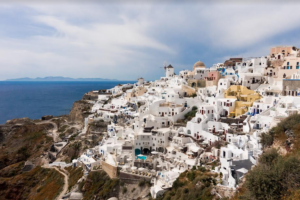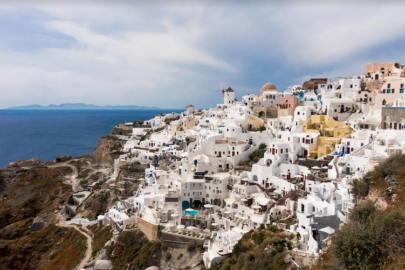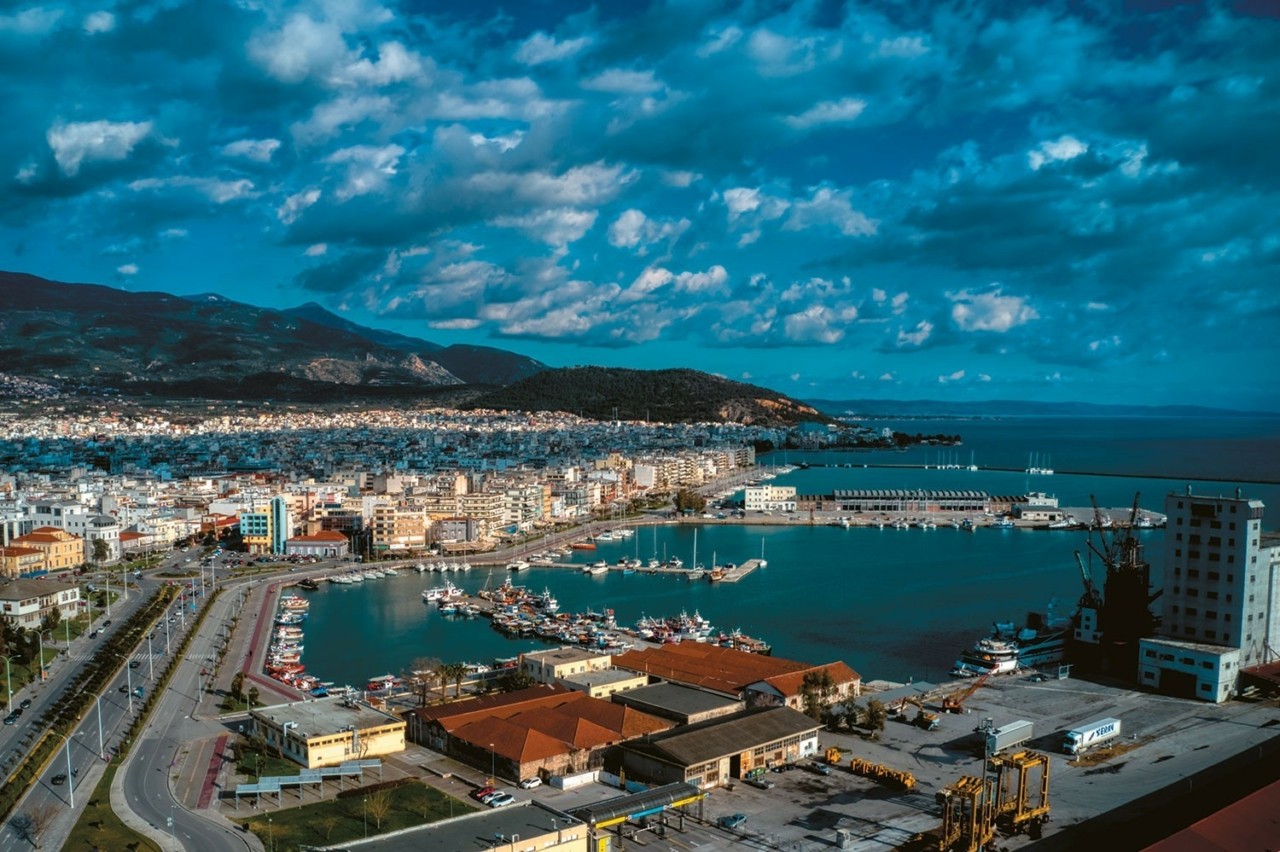When people dream of the islands of the Aegean, it is the natural phenomenon that is Santorini that they picture. The white-washed villages clinging precariously to cliff edges on the rim of the volcanic caldera may be over familiar and a postcard cliché but they never fail to take the breath away in real life. A trip here is the ambition of many visitors from the day trippers keen to capture the perfect sunset-selfie to those lucky enough to be able to soak in those sensational views from the front row seats of their cliffside retreats. Called Kalisti, the loveliest, since ancient times, the island is officially known as Thira after the 9th century BC Dorian coloniser Thiras, but it is better known to the wider world as Santorini, a name derived from its patroness, Saint Irene of Thessaloniki.

Never forget that it is an island wrought from violent nature; Santorini and its four neighbouring islets are the result of a huge explosion of about 1600 BC when the volcano blew out its core and the sea rushed in to form the crater or caldera. Hephaestus’s subterranean fires smoulder still following a volcanic eruption in 198BC, another around 735, and a devastating earthquake in 1956 that sent two thirds of the population into exile. Far fewer survived the eruption that buried Akrotiri beneath a blanket of ash some 3,600 years ago. This fine Bronze Age civilisation has been poignantly well preserved in a similar manner to Pompeii and archaeologists continue to unearth astonishing remnants of the ancient city.
Ask me anything
Explore related questions





